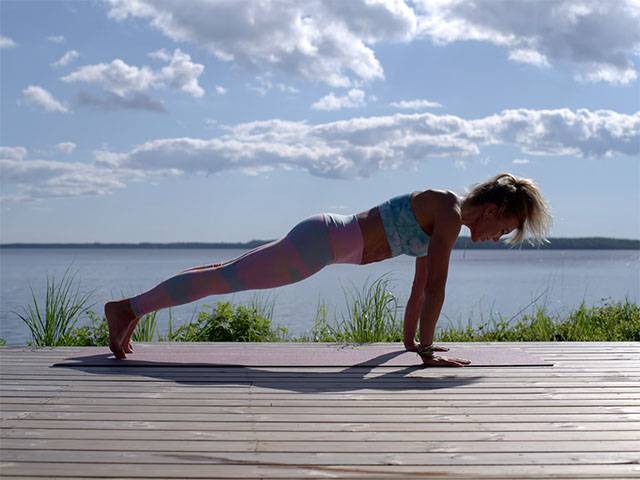When to safely return to exercise after having COVID-19

When to safely return to exercise after having COVID-19
With over 2 million Australians having tested positive for COVID-19 in the past two years many people are looking for information about when they can safely return to exercise.
Healthdirect Australia Chief Medical Officer, Dr Nirvana Luckraj says that most people will recover from COVID-19 symptoms within a few days, but may not be able to jump straight back into their usual level of exercise.
"We know people are asking when they can get back to exercise after they have had COVID-19. Exercise is an important part of recovery," Dr Luckraj says.
"If you were able to manage your symptoms at home, you could look to start exercising again once you've have had a sufficient period of rest following infection.
"Start with 15 minutes of light activity like walking or cycling, and see how you feel.
"Continue to slowly increase the duration and intensity of your exercise, paying careful attention to your heart rate and how you are breathing," Dr Luckraj says.
People can start exerting themselves more if:
- they have had 10 days of rest since symptoms started
- they have had at least seven days with no symptoms, and
- they are no longer taking any medications such as paracetamol
Stop exercising immediately and contact your healthcare provider if you have any:
- chest pain or palpitations -if you experience severe central crushing chest pain lasting more than 10 minutes call 000
- unexpected breathlessness
- signs of blood clotting, such as swollen calves
"If you are recovering from moderate or severe illness, speak with your healthcare provider before returning to exercise."
Fatigue is a common, sometimes persistent symptom of COVID-19. It's important to get plenty of rest and consider these tips to manage your energy:
- Plan important tasks around when you expect to have the most energy.
- Pace yourself so you don't do too much at once.
- Take breaks throughout the day.
- Prioritise important tasks and activities, so you don't use more energy than you need to.
For concerns about ongoing symptoms use the COVID-19 Symptom Checker, an online tool that assesses a person's symptoms and provides information and advice about the type of care needed based on the severity of their COVID-19 symptoms.
Image Credit
Unsplash @yogaminna8
MORE





